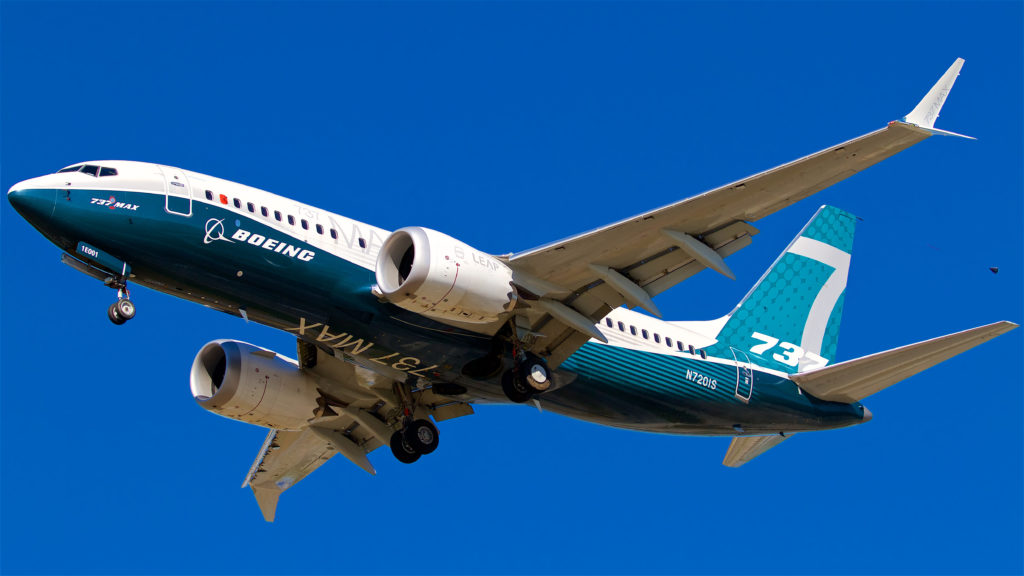Estimated reading time 3 minutes, 46 seconds.
U.S. Federal Aviation Administration (FAA) administrator Steve Dickson piloted a Boeing 737 Max aircraft on a test flight from Boeing Field, Wash., on Sept. 30. This flight was separate from the FAA’s official, ongoing re-certification process, but was part of a pledge made by Dickson in November 2019 to ensure the plane is safe. Dickson has insisted that he must be “satisfied that I would put my own family on [the plane] without a second thought.”
The 737 Max has been grounded worldwide since March 13, 2019, following two fatal Max 8 crashes within a five-month period that killed 346 people. Investigations pointed to malfunctions with the plane’s Maneuvering Characteristics Augmentation System (MCAS), which Boeing has now upgraded to add “three additional layers of protection” as well as updates to the flight control software.

In a news conference following his flight, Dickson said, “I liked what I saw,” but confirmed that the process is not yet complete. He stated that he has “some debrief items for Boeing and the teams” that will be “incorporated into the process going forward.”
Dickson did not provide a timeline for certification.
“We’re in the home stretch, but that doesn’t mean we’re going to take shortcuts to get it done by a certain date,” he said. “The FAA, and I in particular, will not approve the plane for return to passenger service until I’m satisfied that we’ve adequately addressed all of the known safety issues” that played a role in the two deadly crashes.
In the weeks before flying the 737 Max test aircraft, Dickson completed the same training that the Joint Operational Evaluation Board (JOEB) looked at during its work at London Gatwick Airport, followed bysimulator training.
During his sessions in the 737 simulator, Dickson said he had the “opportunity to experience a variety of problems that presented the relevant emergencies that might occur,” and completed a flight test profile on the functions of the MCAS system. He flew a similar flight profile on the airplane during his Sept. 30 test flight, stating that he felt “very comfortable.”
As a pilot, Dickson said it was important to him to “experience firsthand the training and the handling of the aircraft, so that I can have the most complete understanding possible as we continue to move forward with this process.”
The FAA recently posted a Notice of Proposed Rulemaking (NPR) that addressed various safety issues that the FAA and its international partners identified over the past year. The comment period for the NPR closed on Sept. 21, and the regulator is now “reviewing and responding” to more than 200 comments “before posting a final rule,” Dickson said.
A draft of the Flight Standardization Board report will also be posted for comment in the near future, which will include input from the JOEB, according to Dickson.
The FAA concluded its re-certification test flights on July 1. Transport Canada was the first foreign aviation regulatory authority to follow, concluding validation testing on the Max in late August. Transport Canada said it expects to complete its analysis of the results of the test flights in the fall.








